Oil analysis is the process of analyzing a sample of lubricating oil from a machine or engine to determine its condition and to predict potential problems. The analysis typically includes tests for wear metals, contaminants, and the presence of fuel or coolant. It can also include measurements of the oil’s viscosity and acidity. By regularly analyzing oil samples, maintenance personnel can detect problems early and take appropriate action to prevent costly equipment failures. This can include scheduling maintenance, replacing filters, or adding additives to the oil. Additionally, the oil analysis can help to optimize the oil drain intervals and reduce the overall cost of lubrication.
A good doctor prescribes only after proper diagnosis likewise a maintenance person monitors all the vitals of his machine. Plant-wide reliability is achieved by proactively monitoring various indicators of oil.
By analyzing oil-following are accomplished:-
When your machines are going to fail?
Early detection of incipient machine failures?
When an oil change is required?
A better understanding of contamination levels?
Optimizing machine reliability at the lowest possible cost?
THREE CATEGORIES OF OIL ANALYSIS
WHAT IS ANALYSED | FLUID PROPERTIES | CONTAMINATION | WEAR DEBRIS |
Physical and chemical properties of used oil | Fluid and machine destructive elements | Presence and identification of wear particles |
|
Particle counting | No benefit | Primary benefit | Minor benefit |
Moisture analysis | No benefit | Primary benefit | No benefit |
Viscosity analysis | Primary benefit | Minor benefit | No benefit |
Patch test | No benefit | Primary benefit | Minor benefit |
| Proactive | Proactive | Predictive |
Shapes of common wear Particles
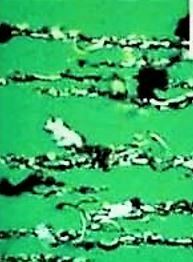
Cutting wear on a ferrogram
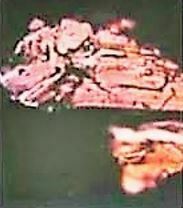
Adhesive wear particles

Babbitt Particle (After Heat Treatment)

Copper from ring gear on a worm drive

Surface fatigue Particle
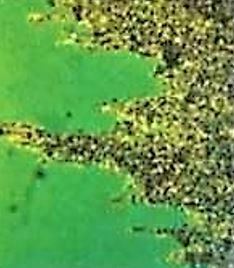
Corrosive Wear Particles

Red Iron Rust
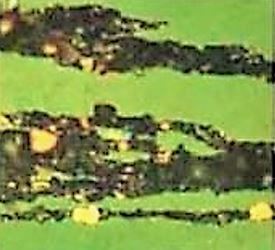
Dark Metallo- Oxide
VISCOSITY-REFERENCE LIMITS
How to set viscosity Limits

- *Twice this amount for oils with VI improvers
- **Crankcase of limits based on cSt @100*c ; industrial oil based on cSt @ 40*c
- Note : Severe Environment oils are at high risk for thermal and oxidative degradation .

Control Contamination Oil Dehydration and Filtration System
Contamination : Damaged Caused

Data Speaks For Itself :
Data From Elemental Analysis Dominate Most Oil Analysis Reports
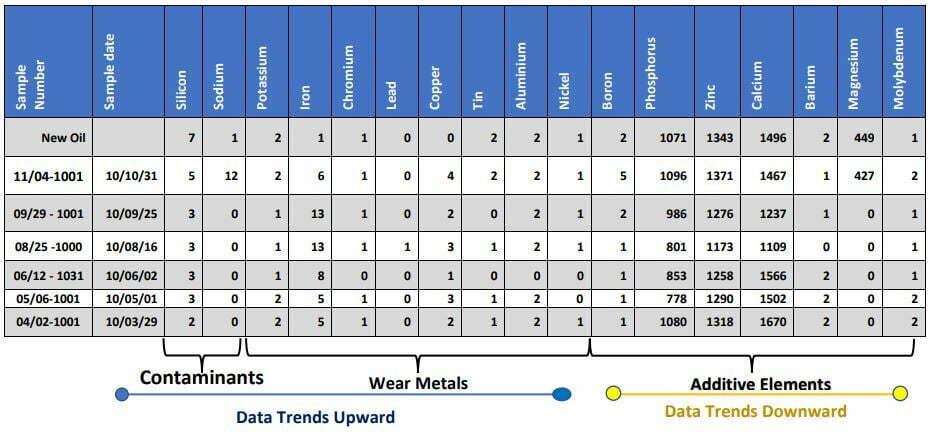
Summary
- Know which questions you are trying to answer
- Know what the tests can tell you and how they can answer your questions
- Don’t neglect the other oil analysis checklist items.
- Always ensure all the machine and lubricant data is on the report
- Always ensure relevant historical data is reported, such as top- ups or failures.
- Always keep a new oil baseline for references
- Sample routinely and optimize the frequency
- Know the three categories of oil analysis, how they influence each other and their significance
Costs And Benefits – Critical Machine of an Oil Analysis Program
The approximate annual cost if a well-implemented Oil ANALYSIS PROGRAM –
0.2 To 2% of equipment value
Approximate annual benefits :
5-20% of equipment value
Don’t change your oil, filter it!
Can’t find what you’re looking for?
Contact Us for overarching Solutions
Destiny standout as the most reliable supplier & manufacturer exporter of hydraulic oil filtration machine, hydraulic off-line filtration units, oil filtration machine in India, hydraulic oil filtration machine, portable oil filtration systems, portable oil filtration machine, Hydraulic oil filtration machine manufacturer in India, low vacuum dehydration machine, coolant sump cleaner
Our dedicated team is ready to assist you with any inquiries, technical support, or scheduling consultations. For all of our services, we bring a Particle Counter and Portable Fluid Analysis Kit onsite to analyze oil samples and document our performance achievement of specified ISO cleanliness levels and moisture content
